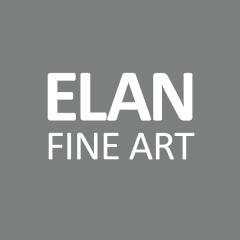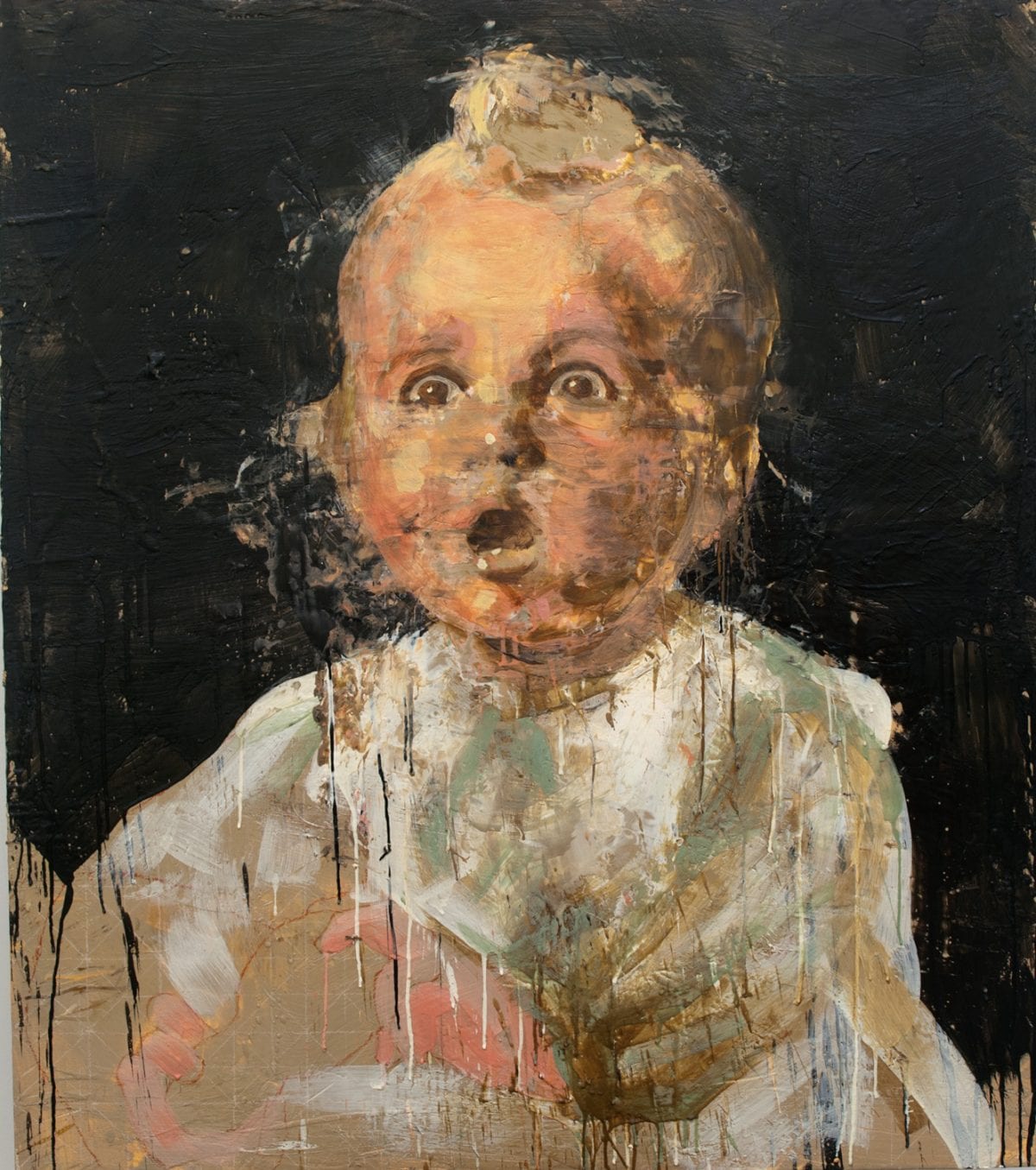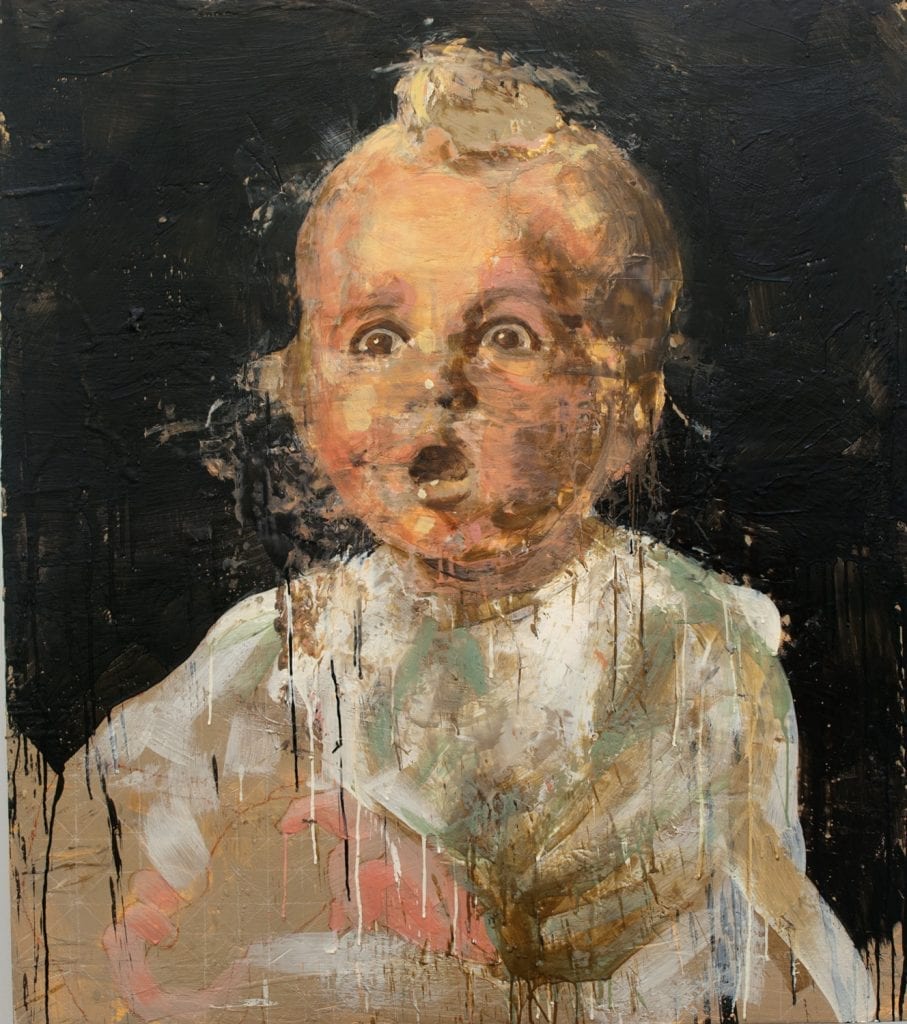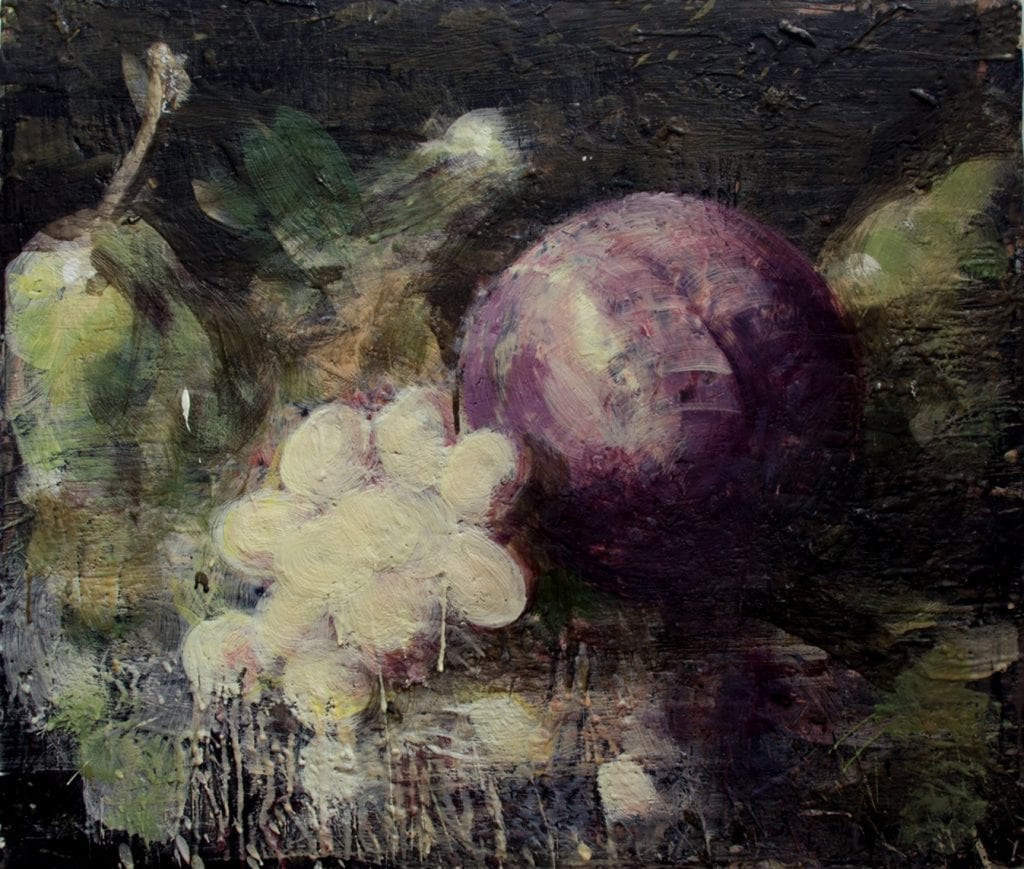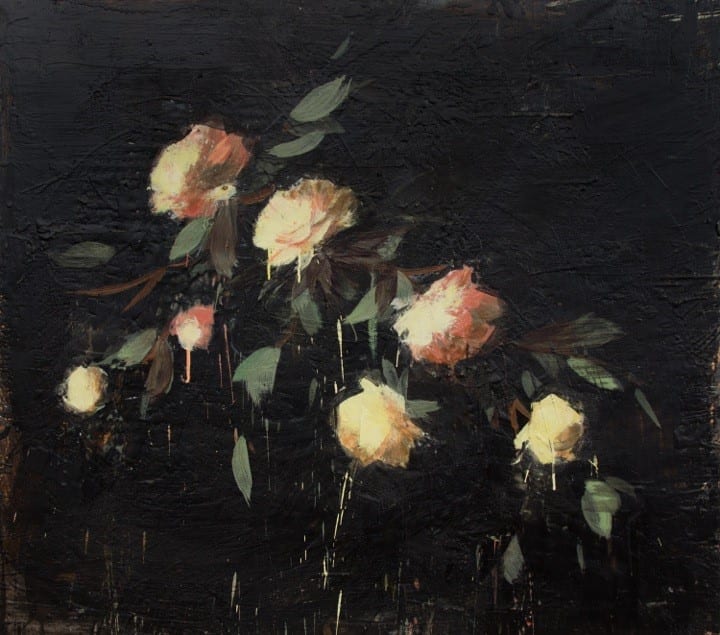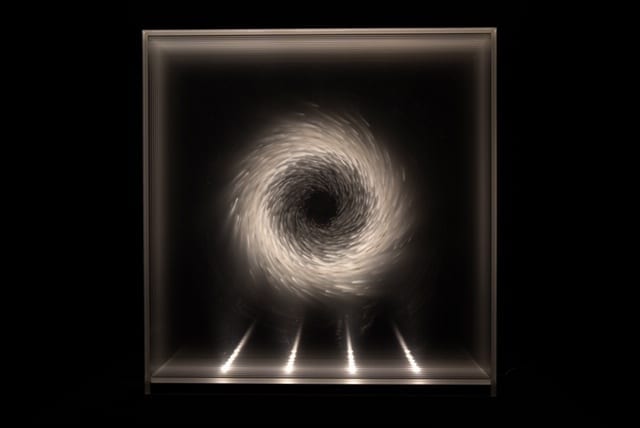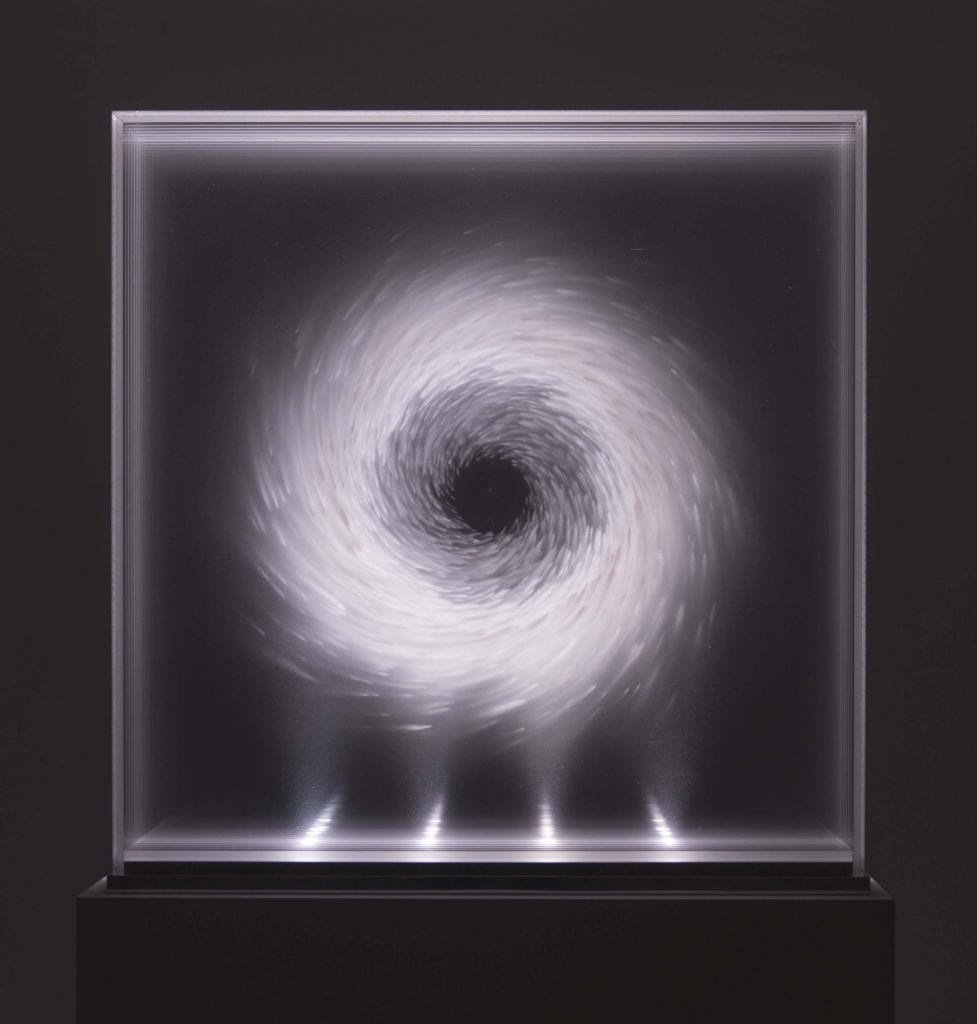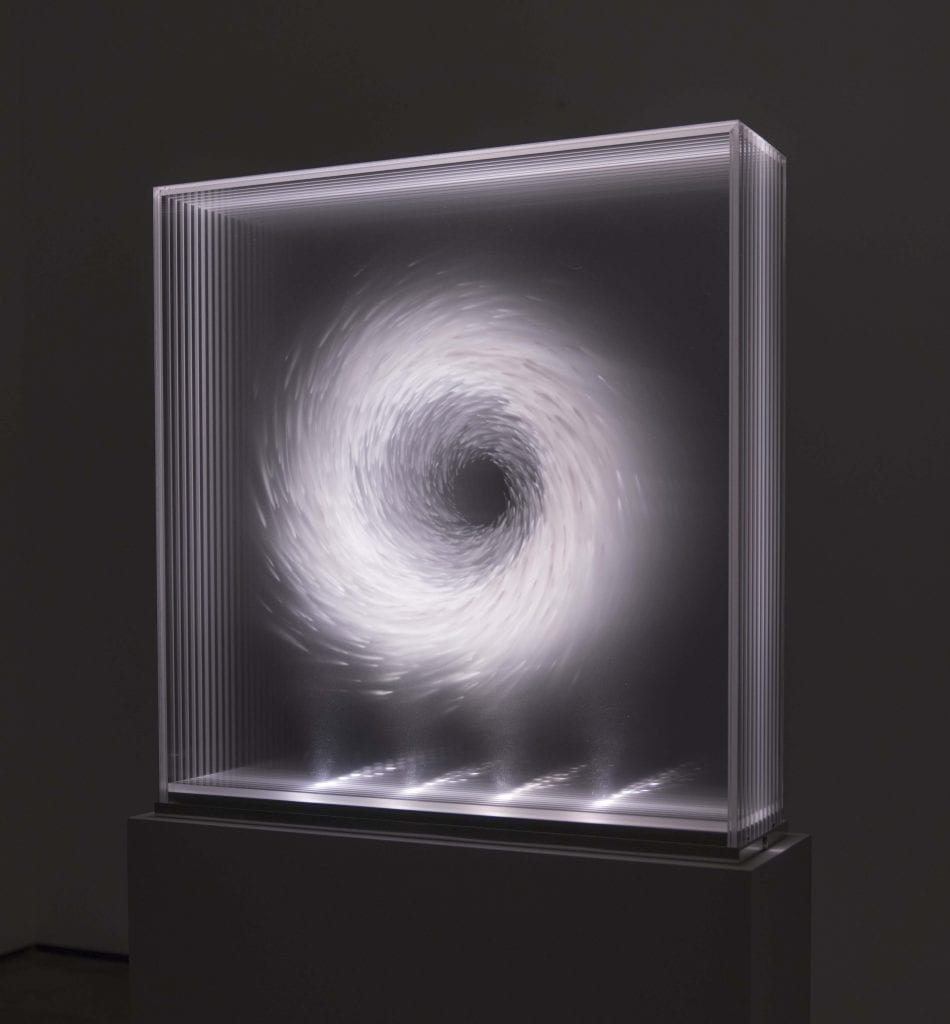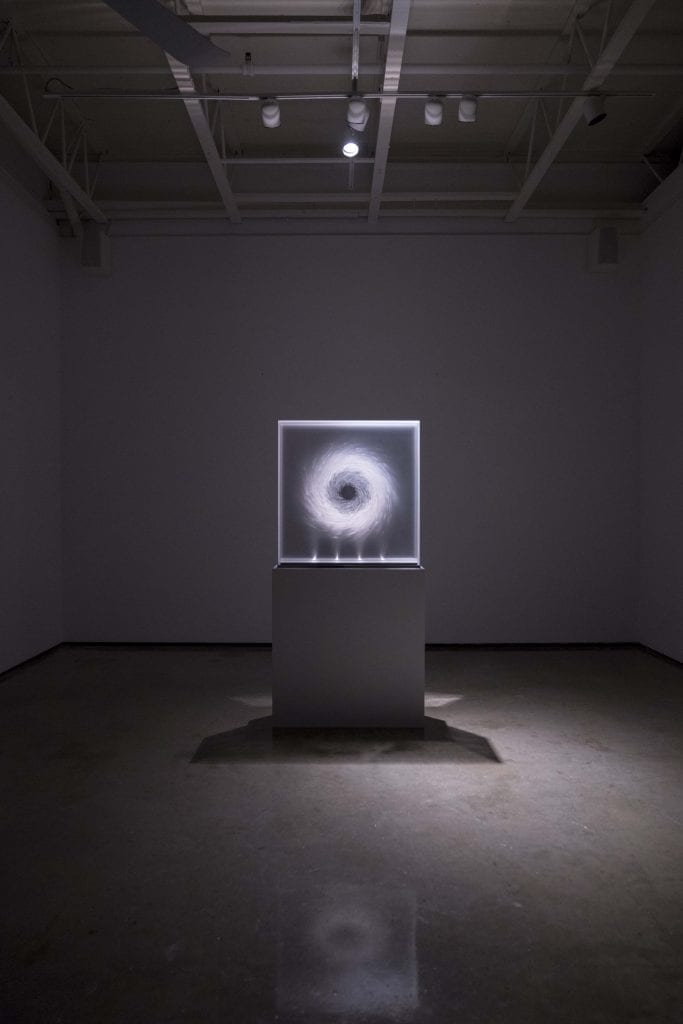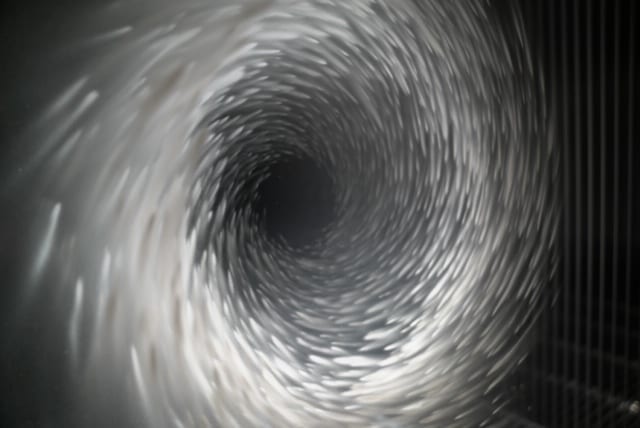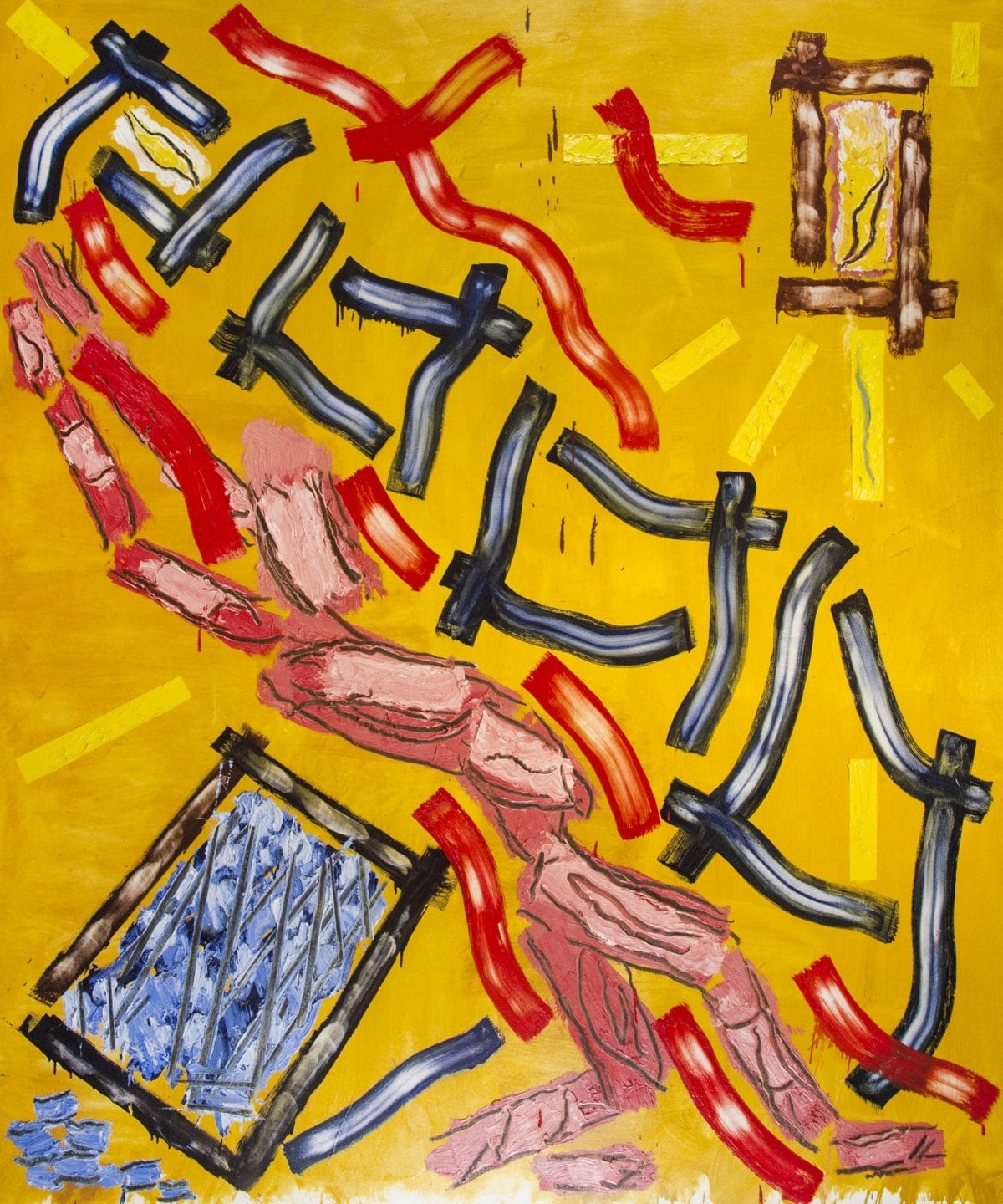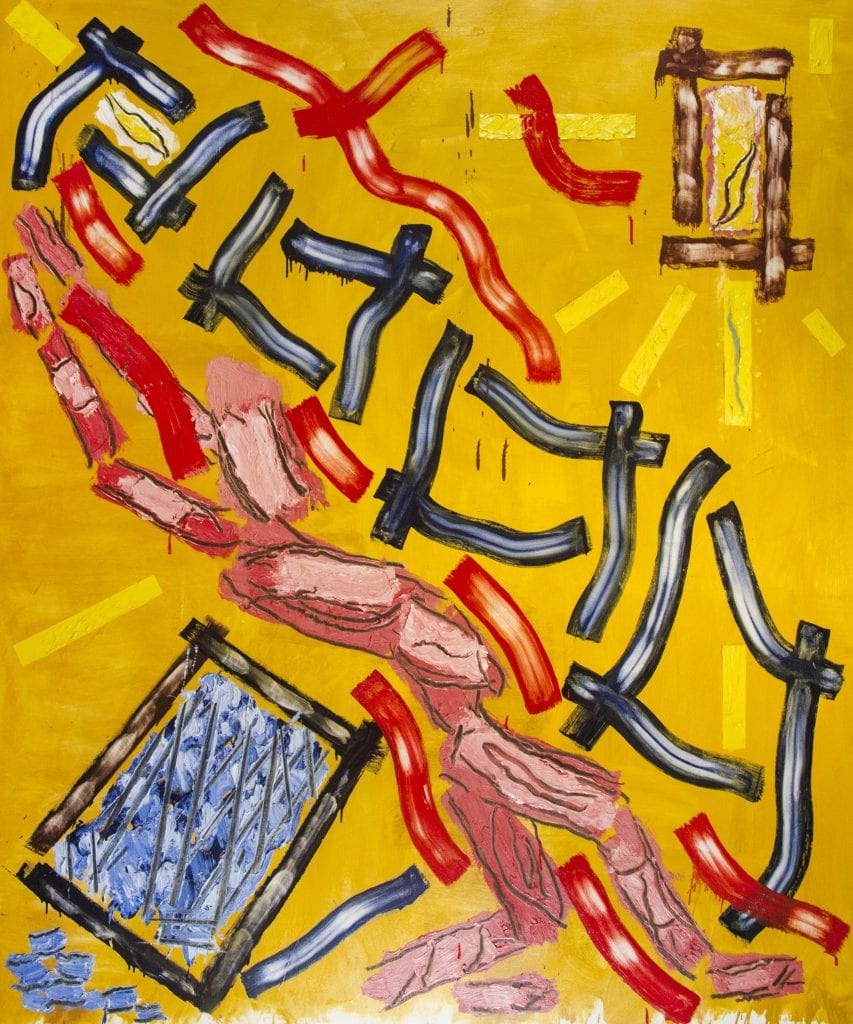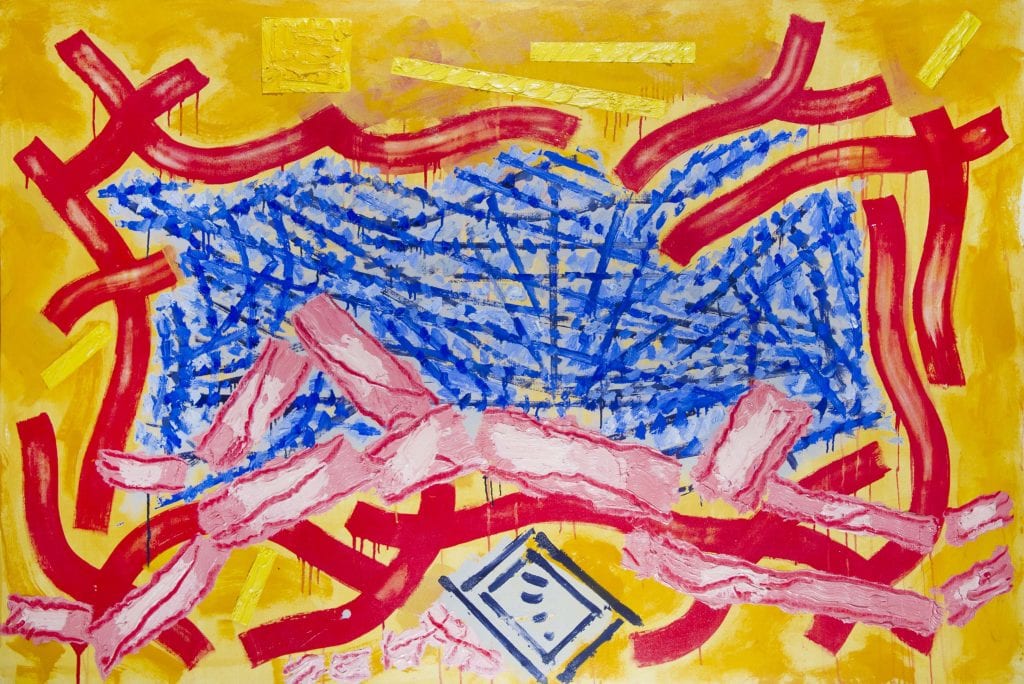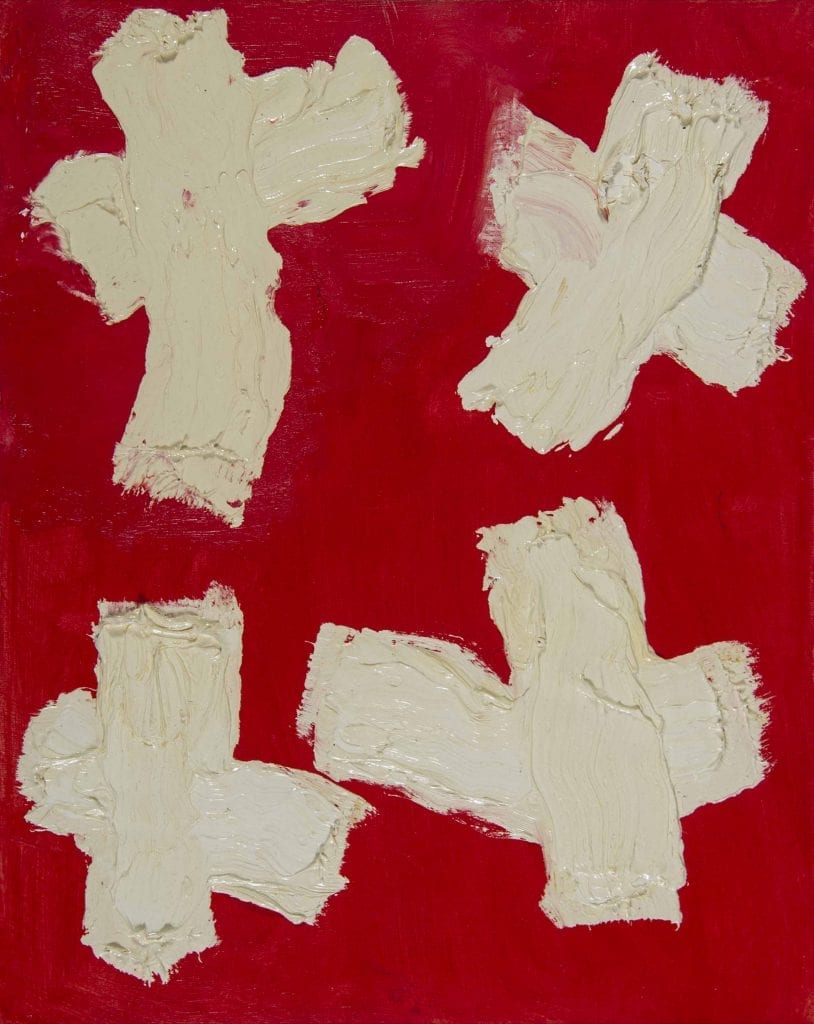TONY SCHERMAN
Tony Scherman ranks among the leading figurative artists of his generation. Coming of age at a time when Pop Art and Conceptualism prevailed in the 1970s, Scherman opted to pursue traditional figuration, focusing on portraiture. Working in the unusual media of encaustic, dissolving pigment into melted wax that is swiftly applied in translucent layers to the canvas, Scherman achieves a life-like essence, telegraphing moments of psychological intensity in his magnified faces. Although classical in appearance, Scherman’s dramatic portraits are contemporary meditations on a range of character types encompassing villains and celebrities, bombshells and intellectuals.
Born in Toronto in 1950 and received an MA from the Royal College of Art in London in 1974, Tony has since exhibited his works in solo and group exhibitions in North America, Europe and Asia. Scherman’s work is represented in many private and public collections, among them the Los Angeles County Museum, Denver Museum of Art, San Diego Museum, High Museum Atlanta, Library of Congress, Washington, Contemporary Arts Society London, Arts Council of Great Britain, Pompidou Centre, Paris, F.R.A.C. Ile de France, Schlossmuseum Murnau, Germany, the Art Gallery of Ontario, Musée d’art contemporain, Montreal Museum of Fine Art and the Canadian Centre for Architecture.
